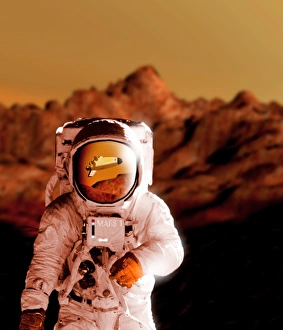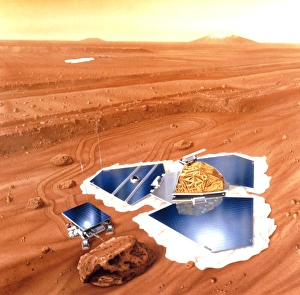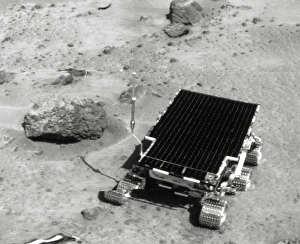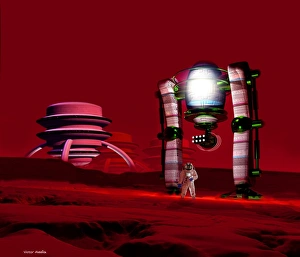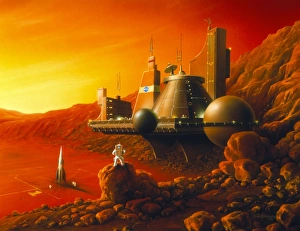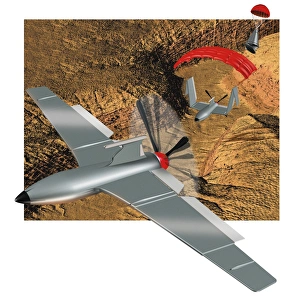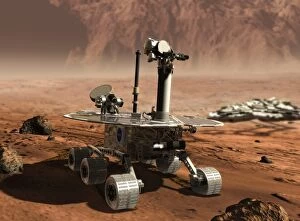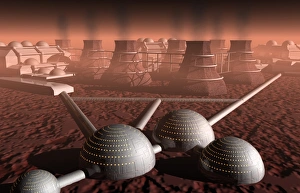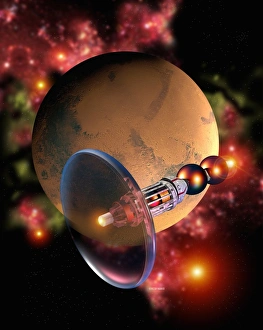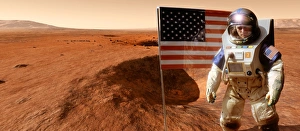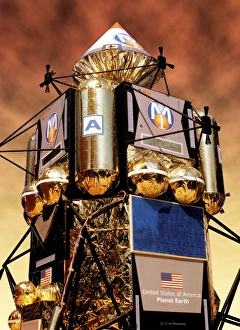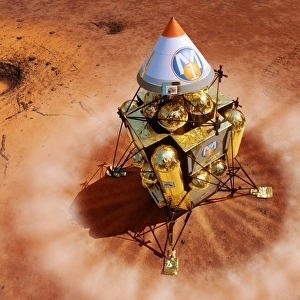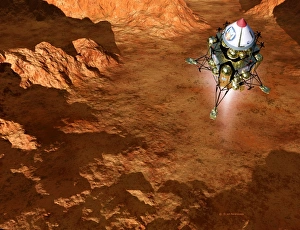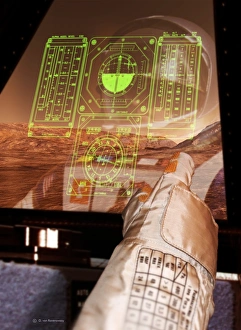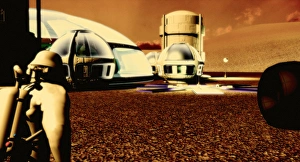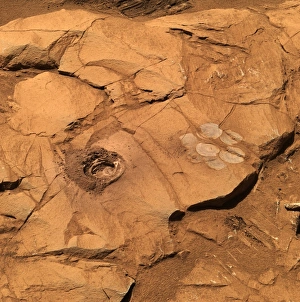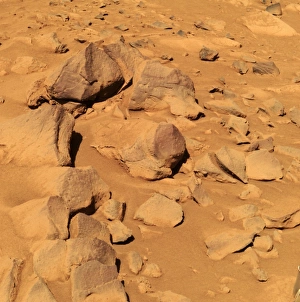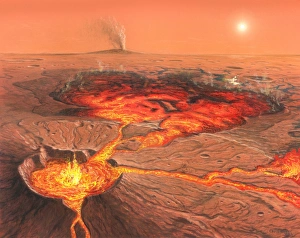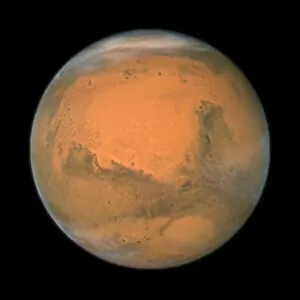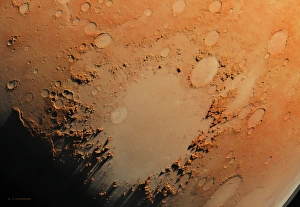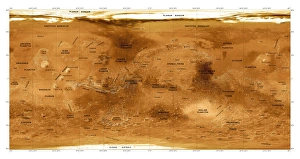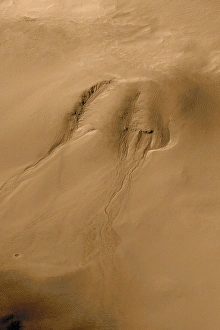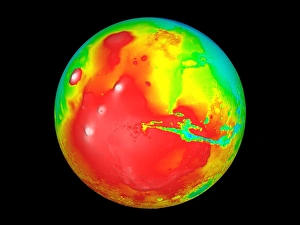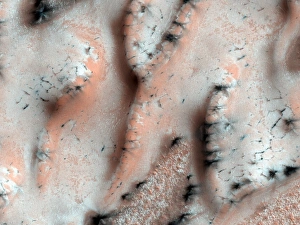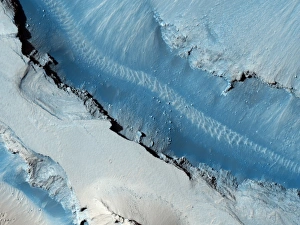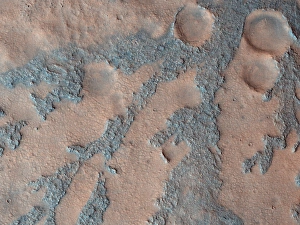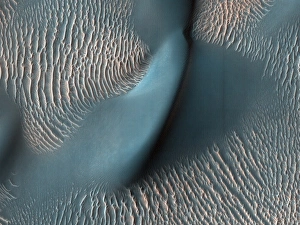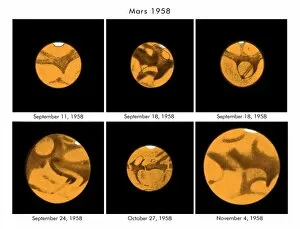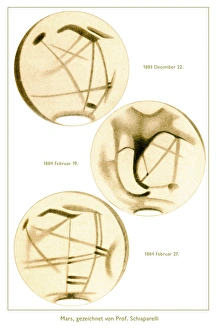Martian Collection (page 9)
Exploring the enigmatic red planet, Mars, has always captivated our imagination
All Professionally Made to Order for Quick Shipping
Exploring the enigmatic red planet, Mars, has always captivated our imagination. From the Curiosity rover's breathtaking images of its Martian landscape to the Spirit rover's iconic image showcasing the vastness of this alien world, we are constantly reminded of its otherworldly allure. Inspired by H. G. Wells' "The War of the Worlds, " where Martians invade Earth, we ponder the possibility of life beyond our own planet. The composite satellite images reveal a mesmerizing view from above, as if inviting us to unravel its mysteries. As we delve deeper into Mars' secrets, we encounter remarkable milestones in space exploration. The Curiosity rover stands tall on Martian soil in awe-inspiring artwork that symbolizes human ingenuity and determination. It reminds us that humanity's thirst for knowledge knows no bounds. Not forgetting our robotic companions on this extraterrestrial journey, Sojourner and Beagle 2 left their indelible mark on Mars' surface with their successful landings. These achievements serve as a testament to mankind's relentless pursuit of discovery. In popular culture too, Mars has become synonymous with science fiction wonderment. Amazing Stories Scifi magazine cover showcases an imaginative Martian cityscape straight out of our wildest dreams while UFO books continue to fuel speculation about possible encounters with beings from another world. Mars remains an alluring enigma waiting to be unraveled—a celestial body that continues to inspire artists and scientists alike. With each new mission and breakthroughs yet to come, it is only a matter of time before more secrets are revealed about this captivating neighbor in our solar system - forever known as "the martian.

